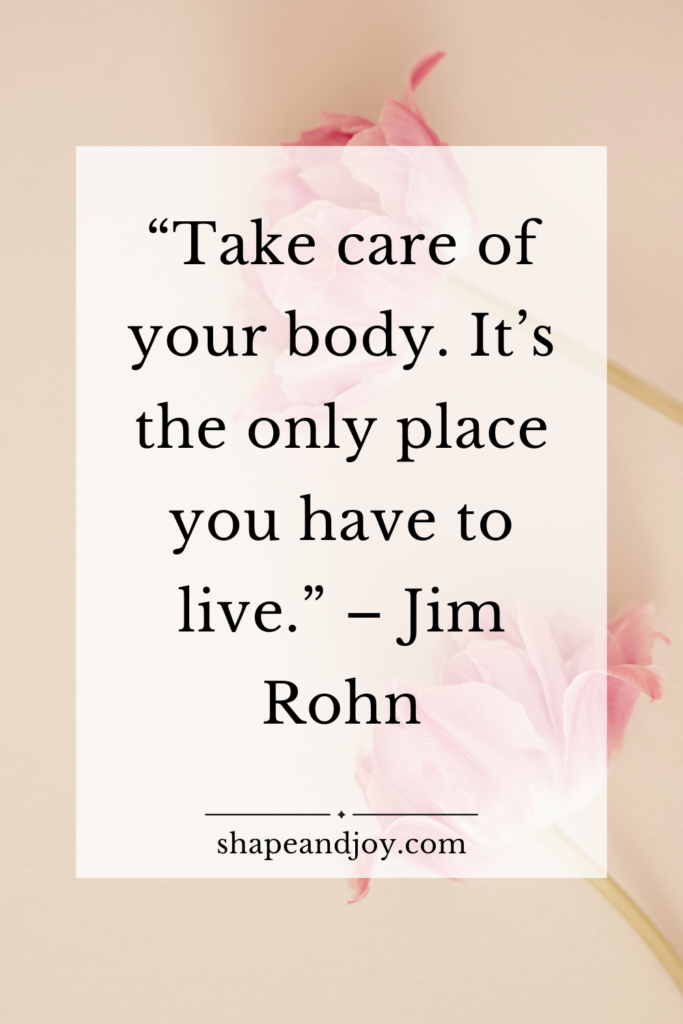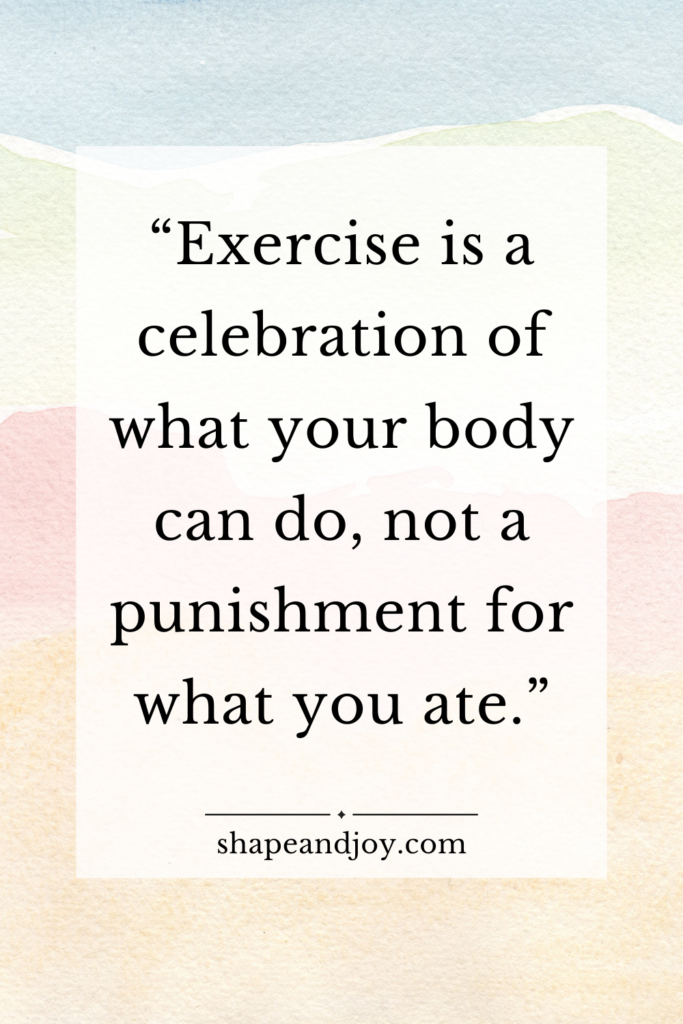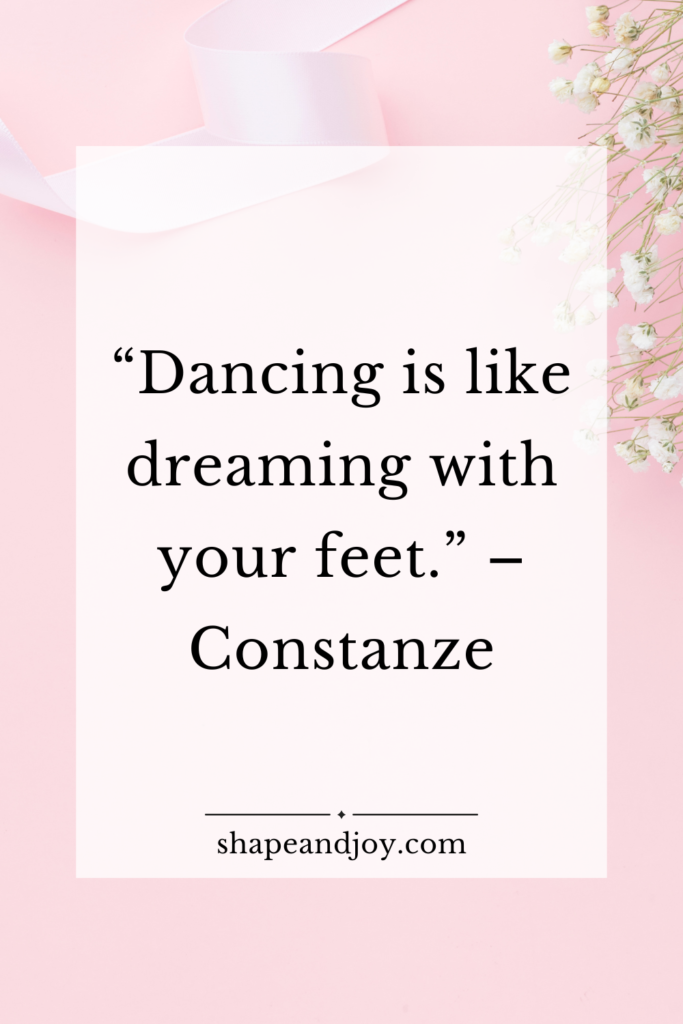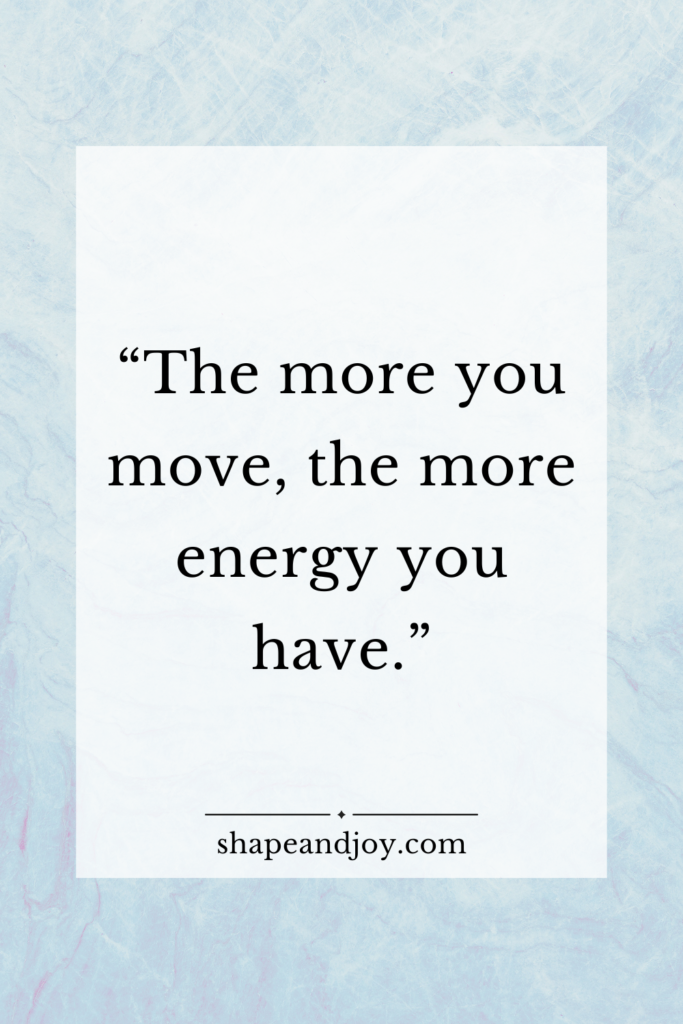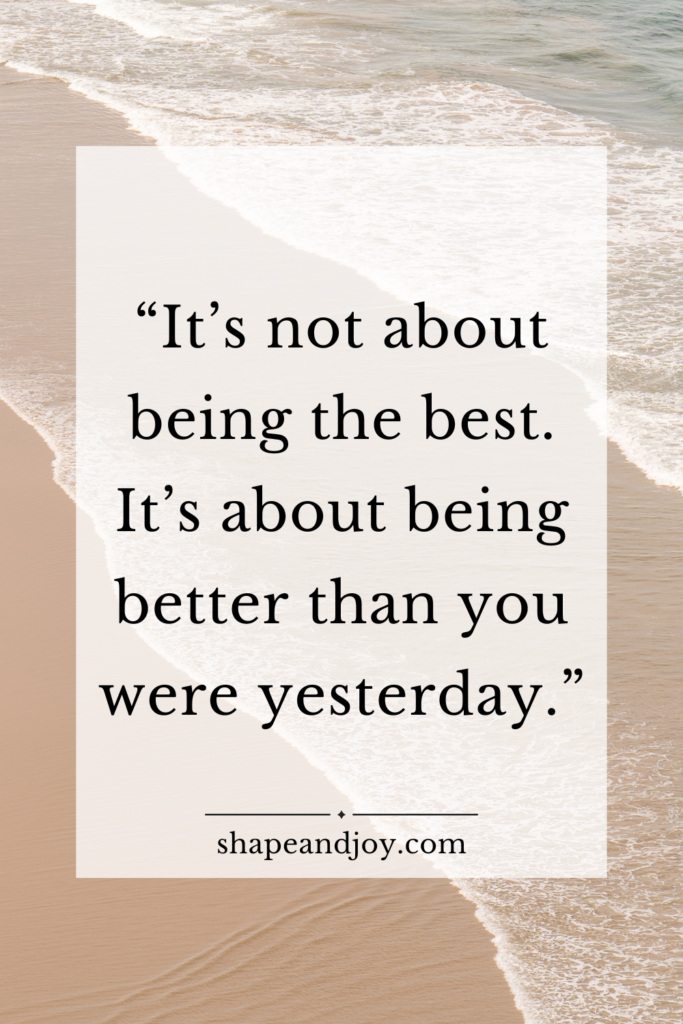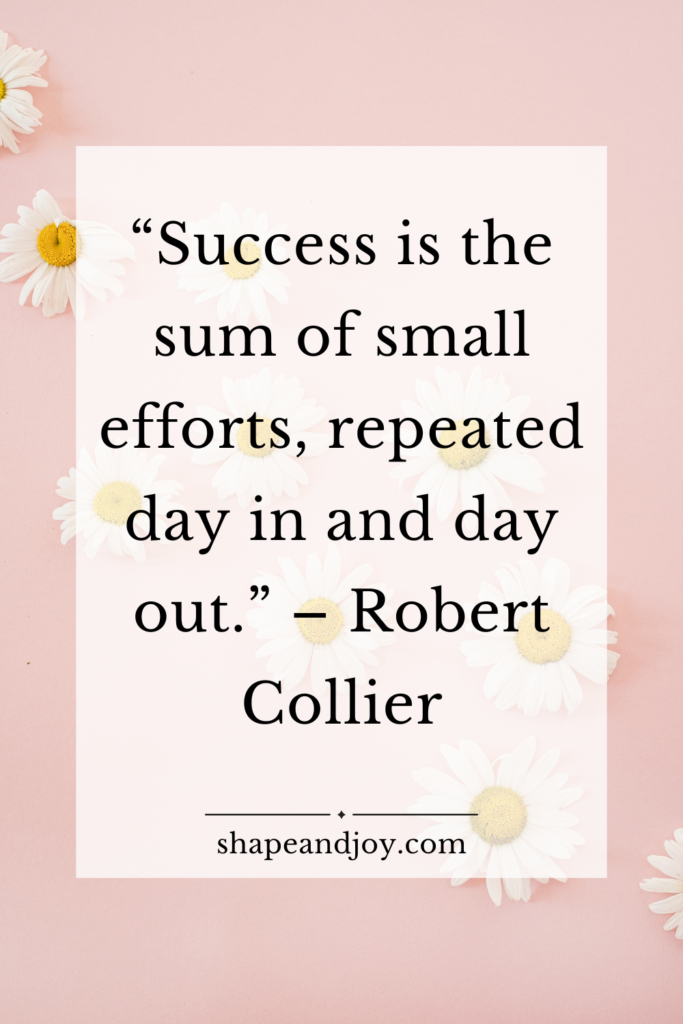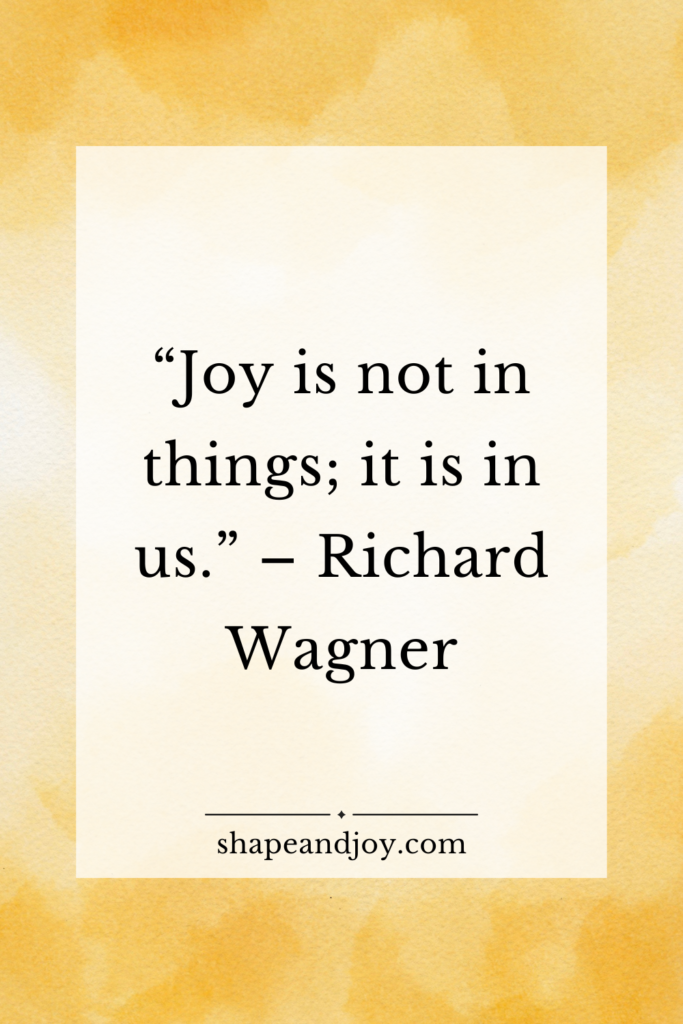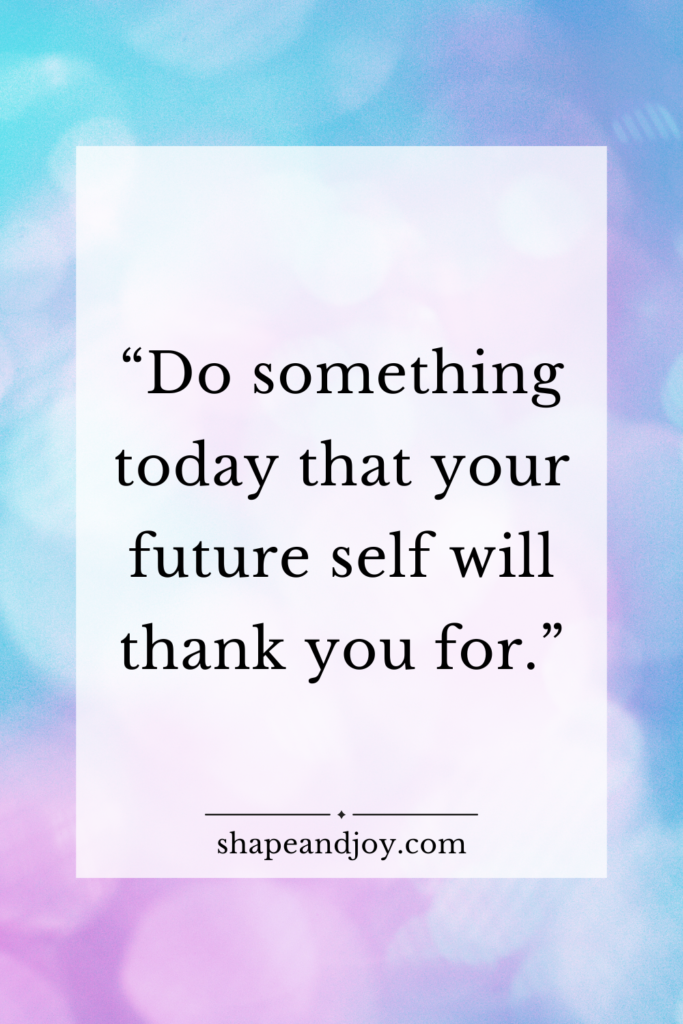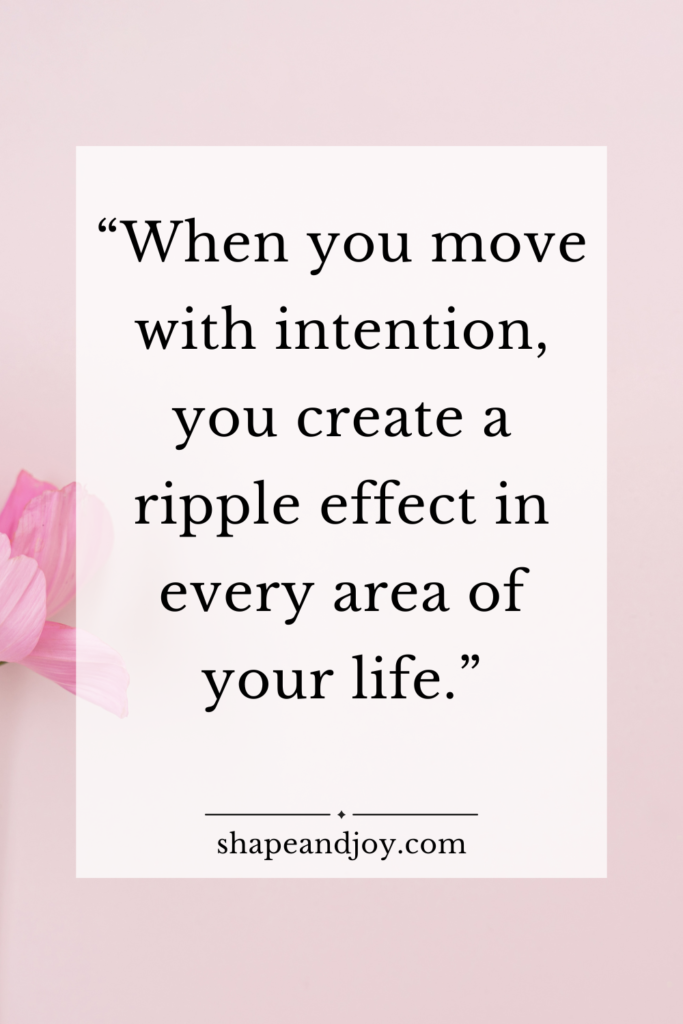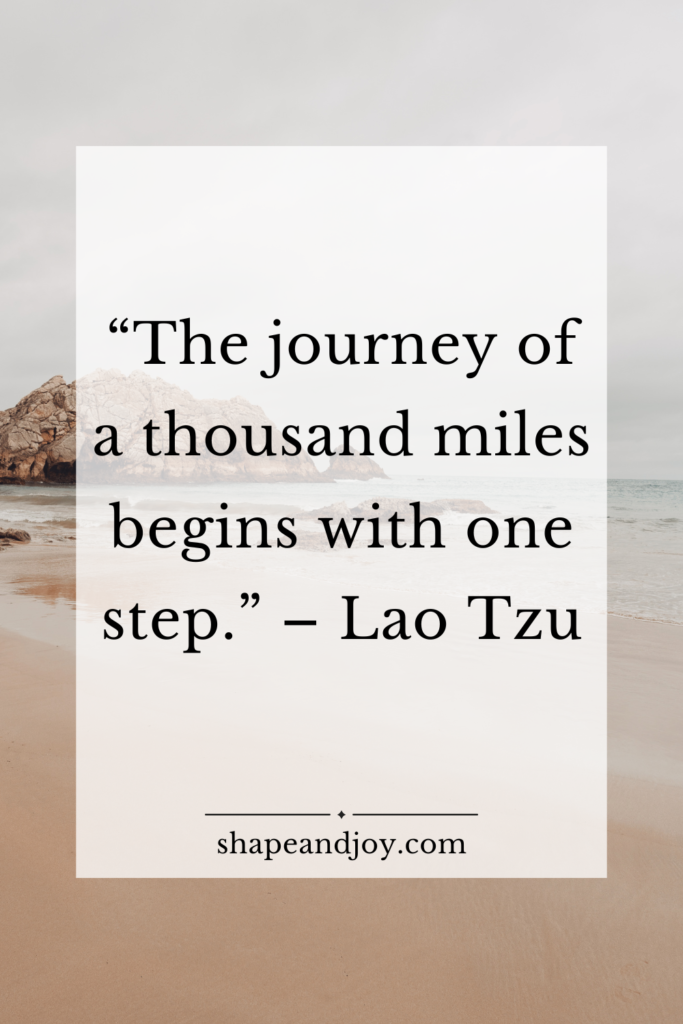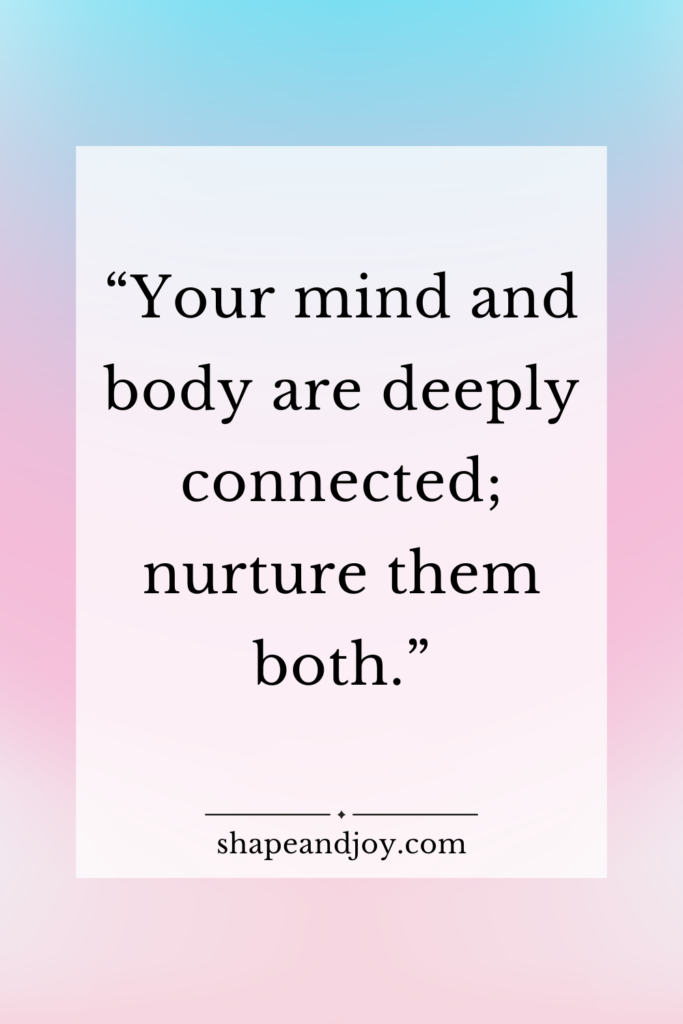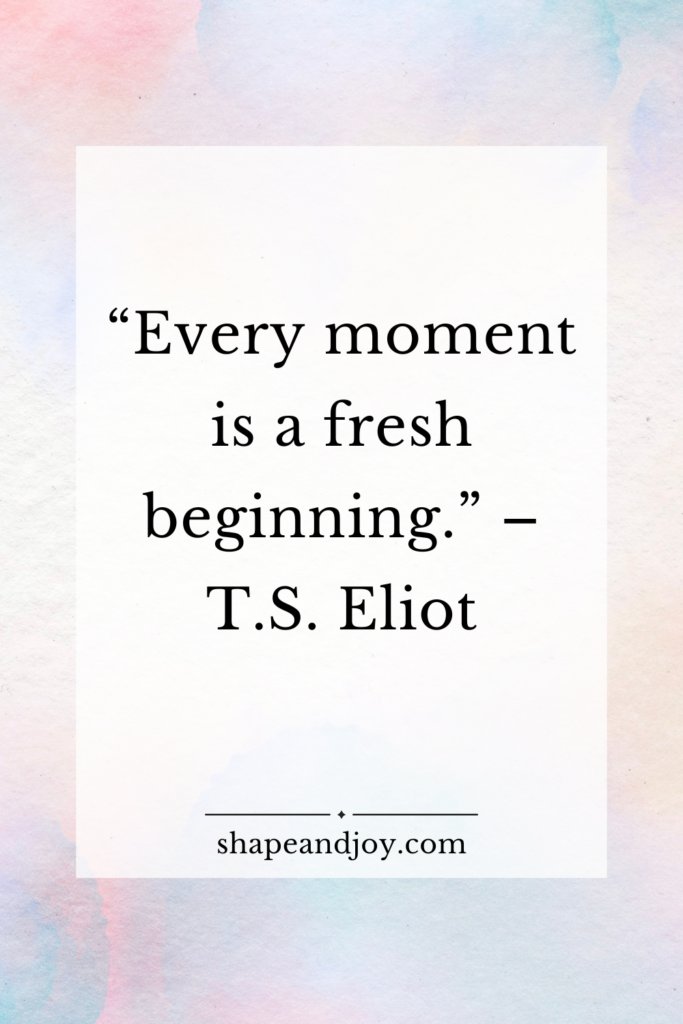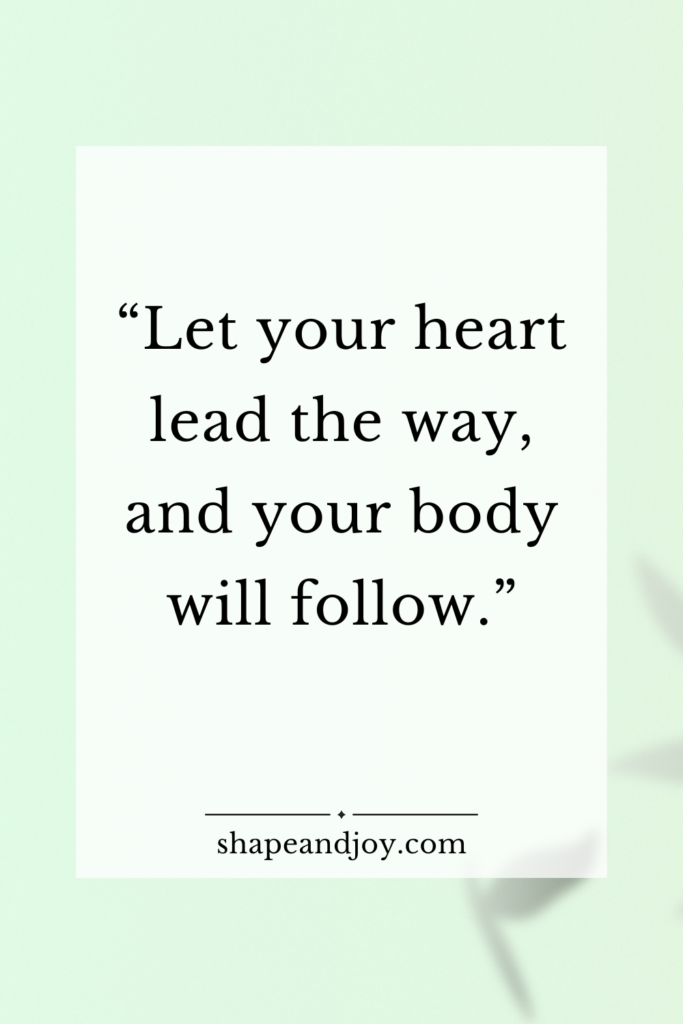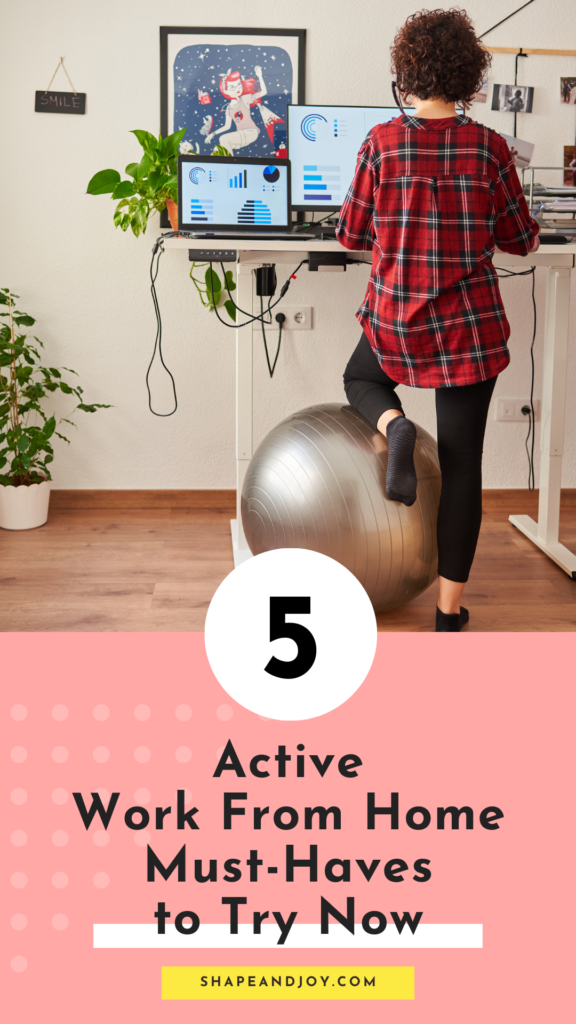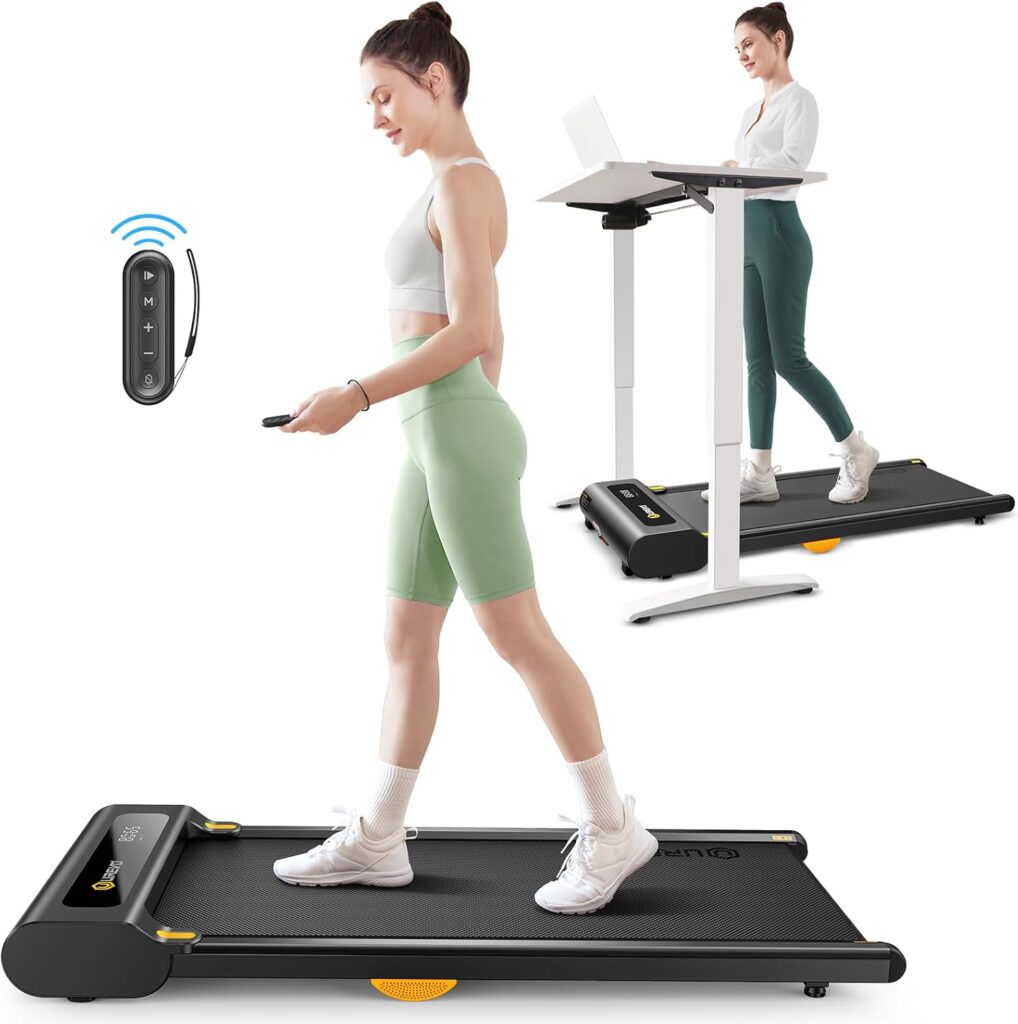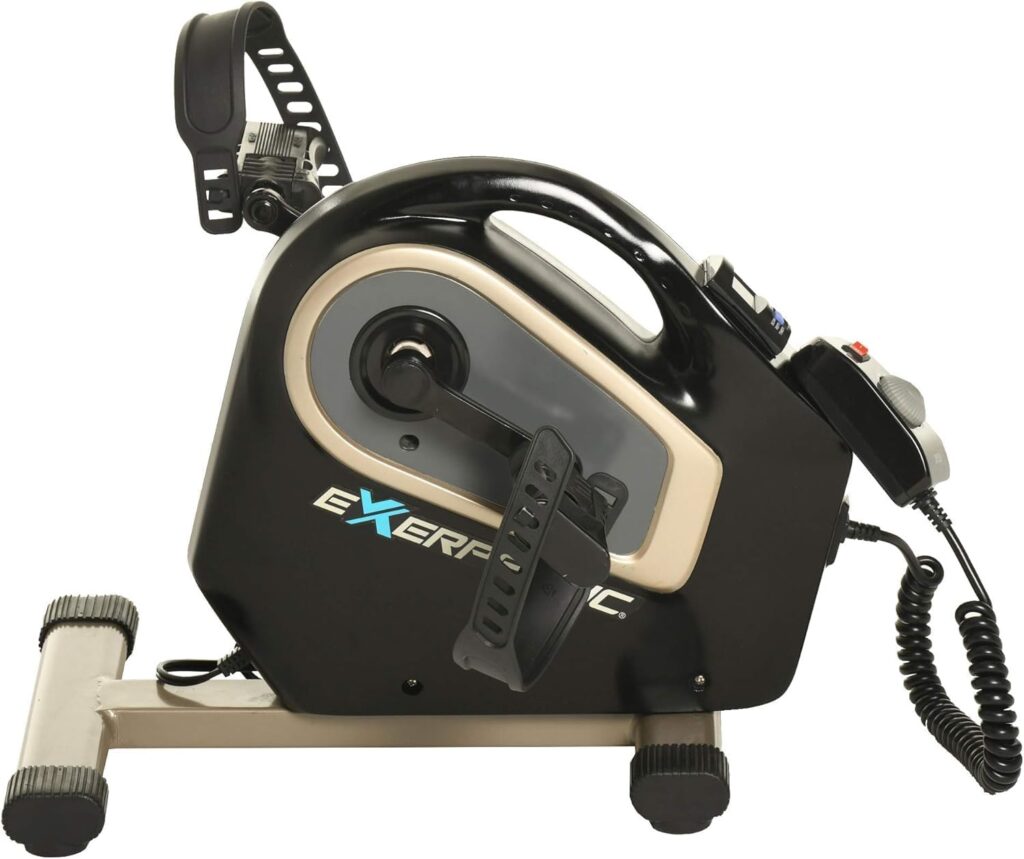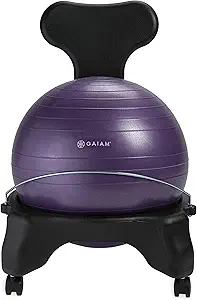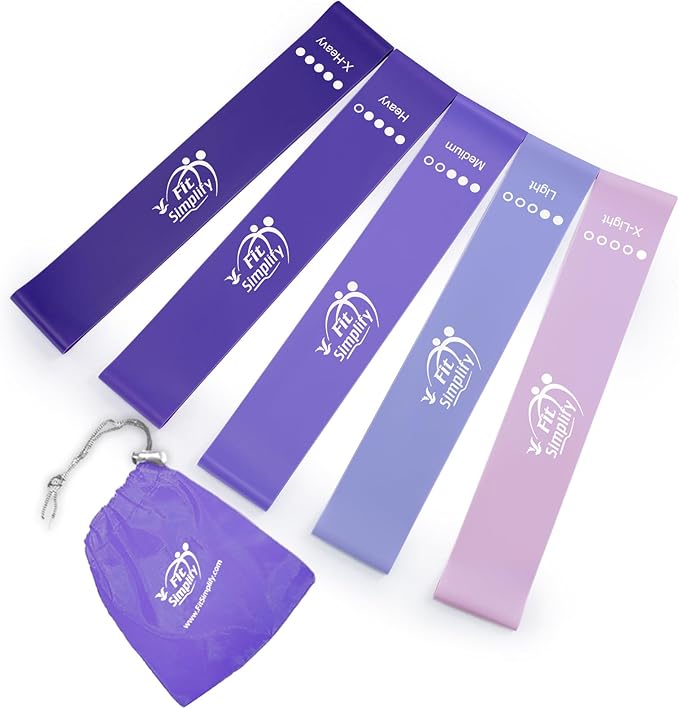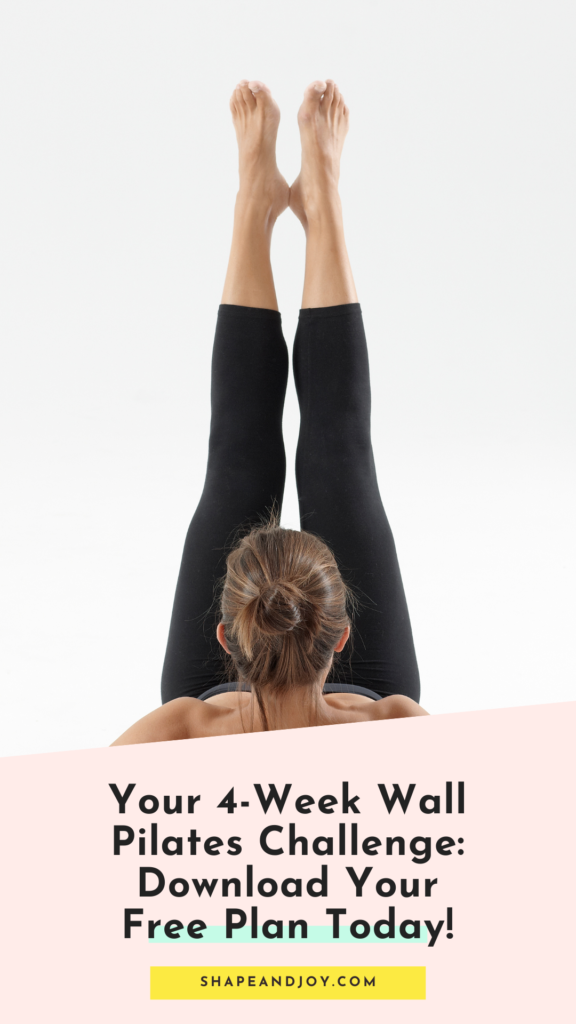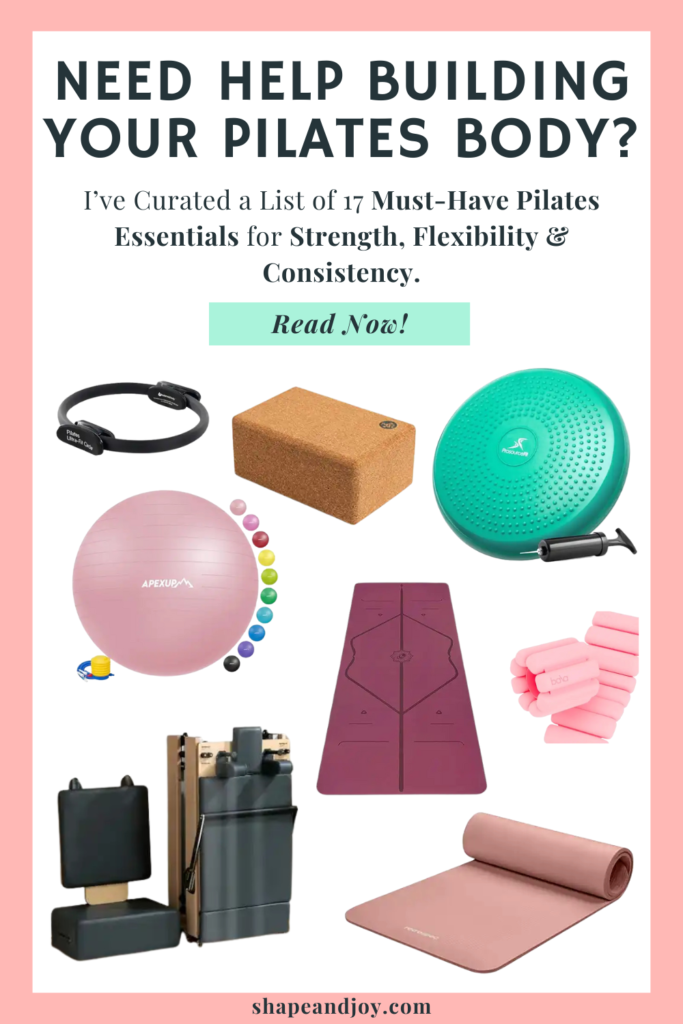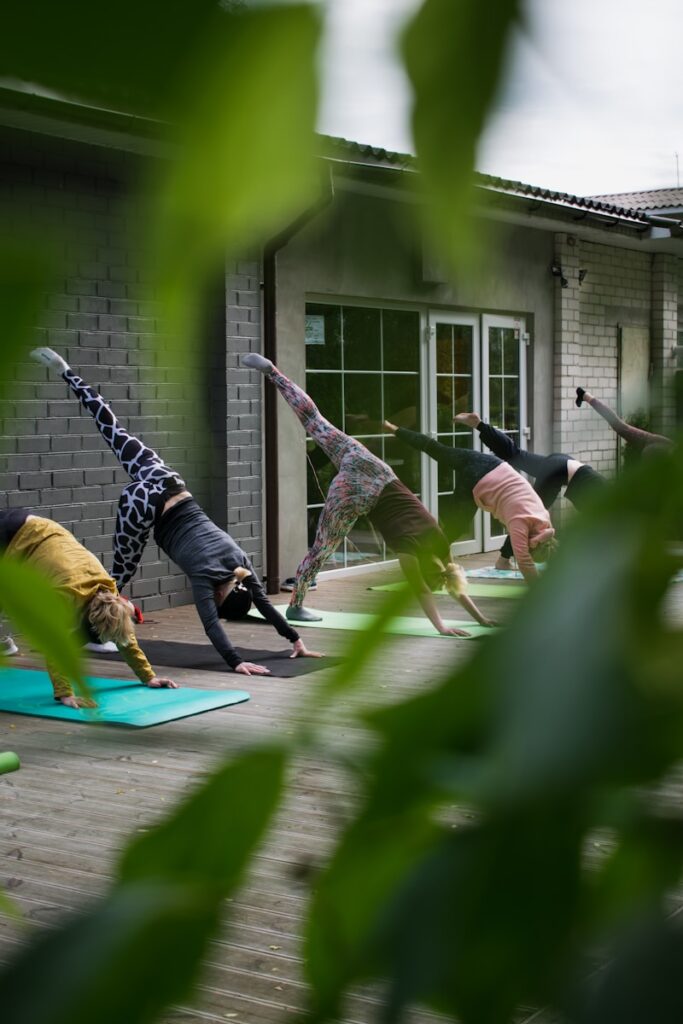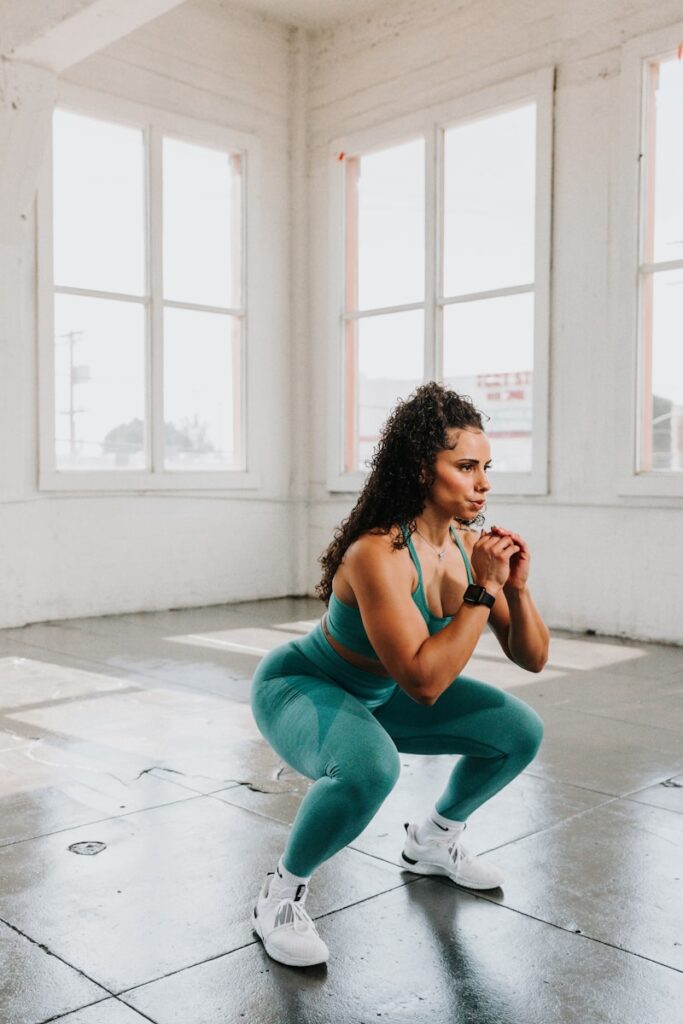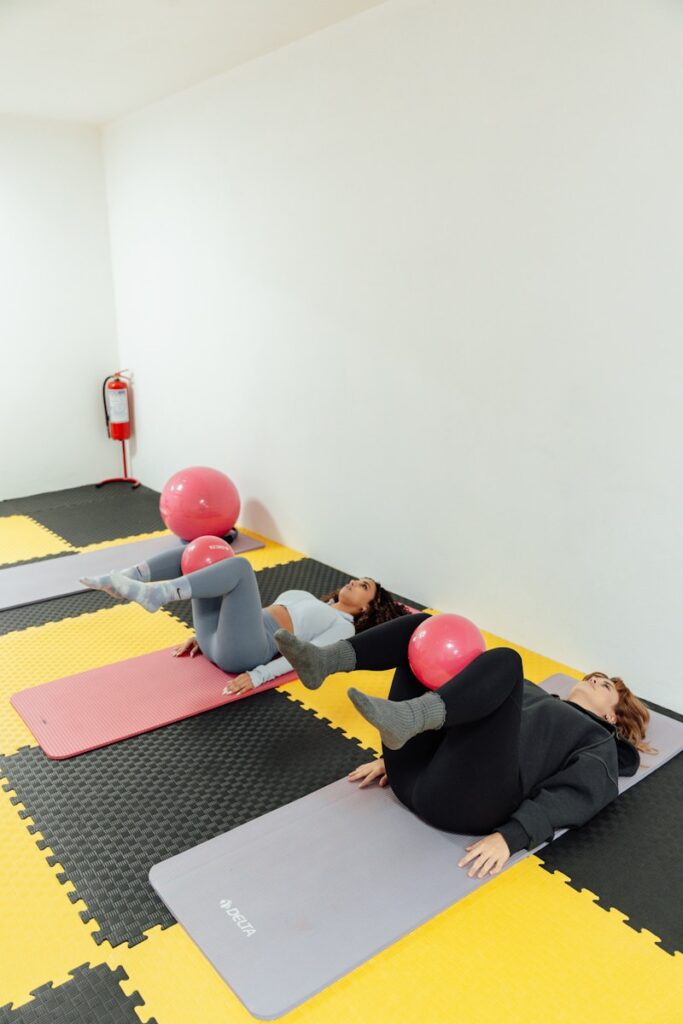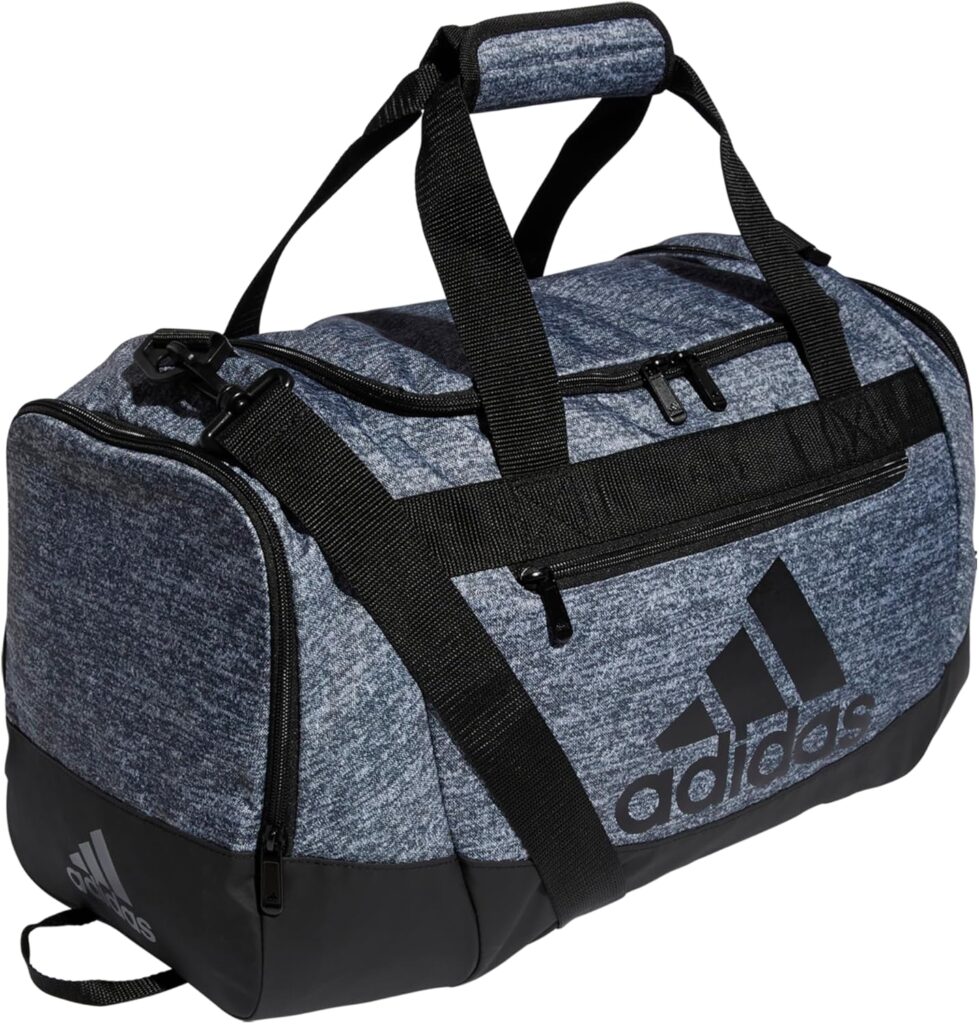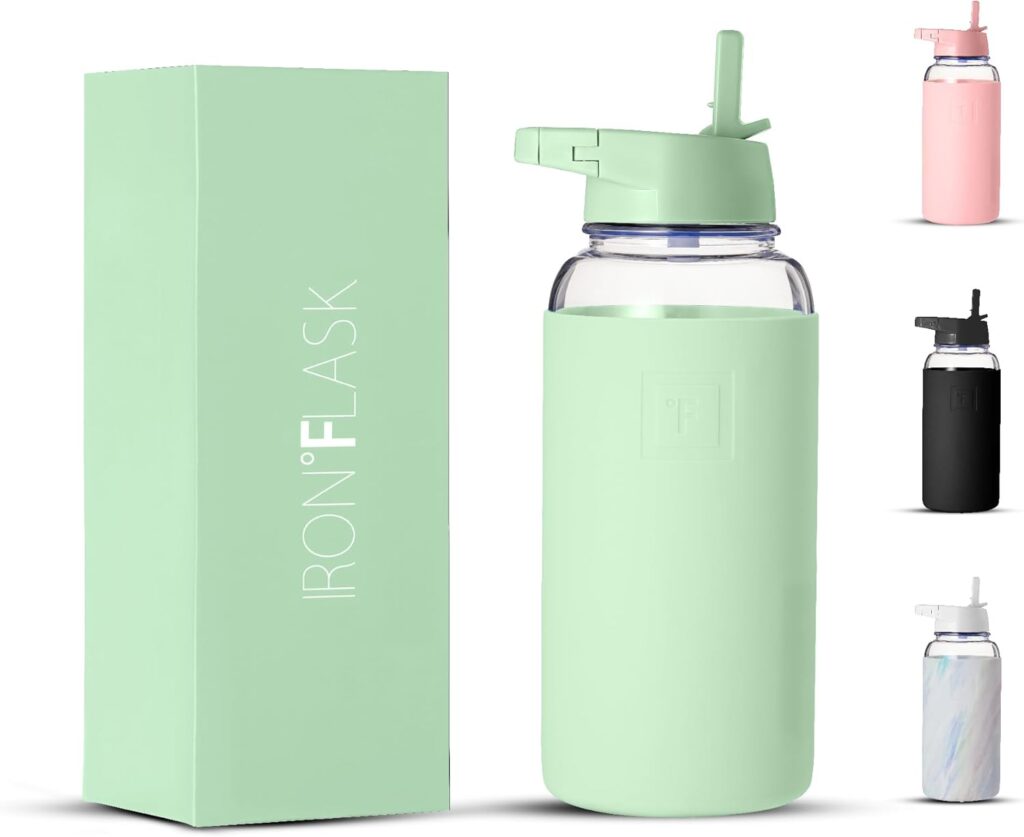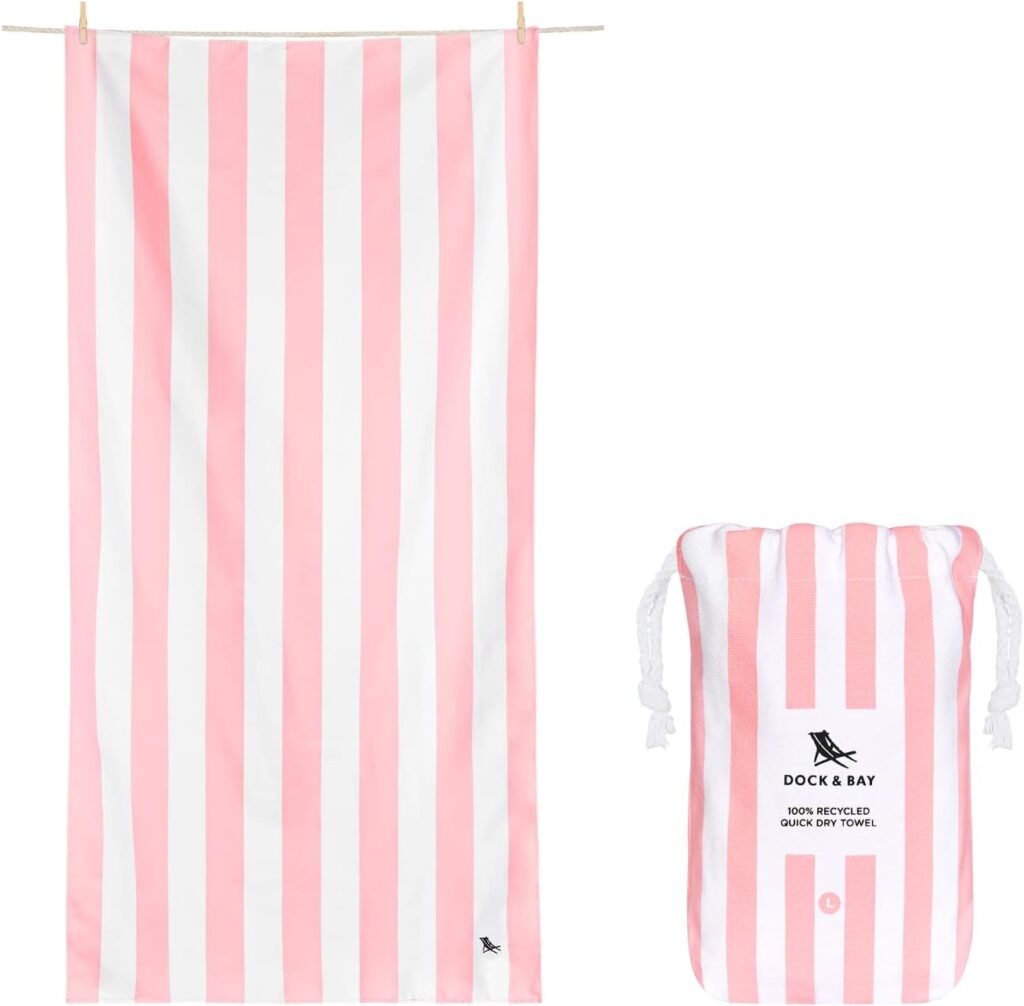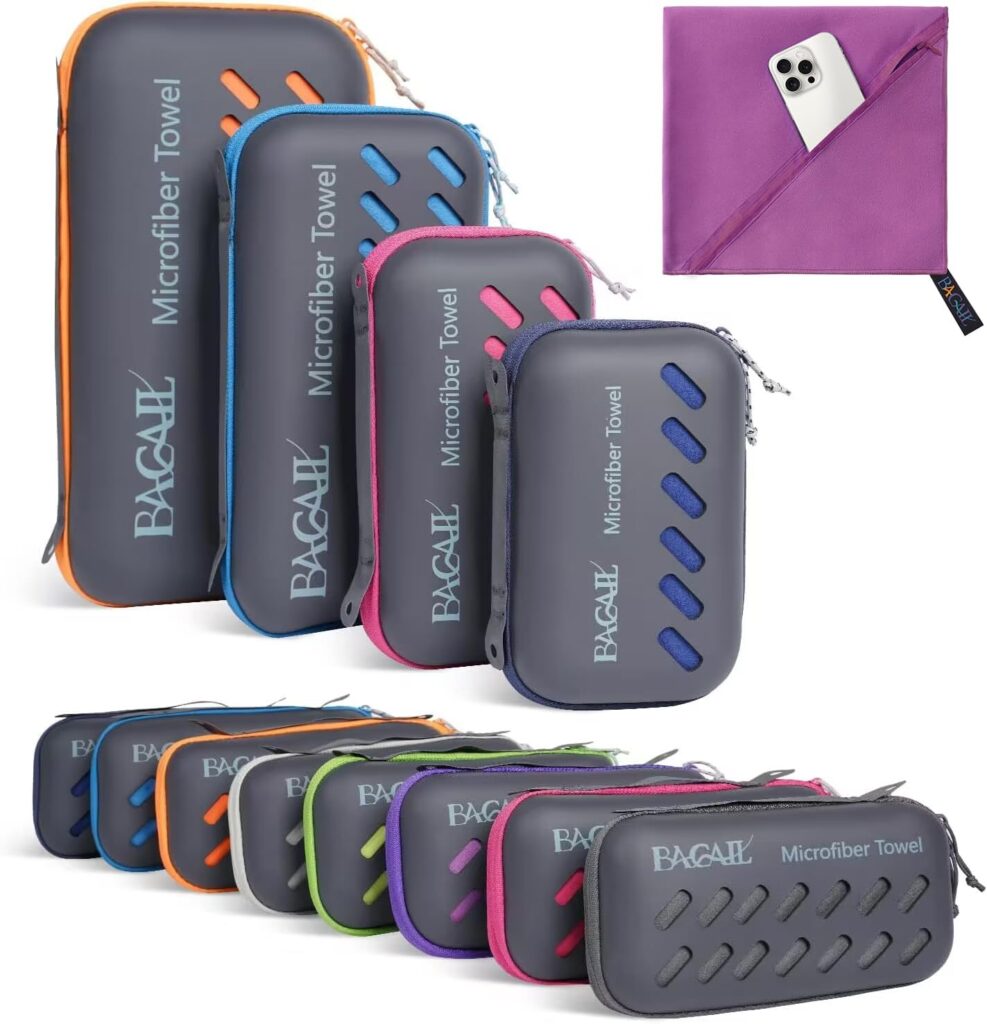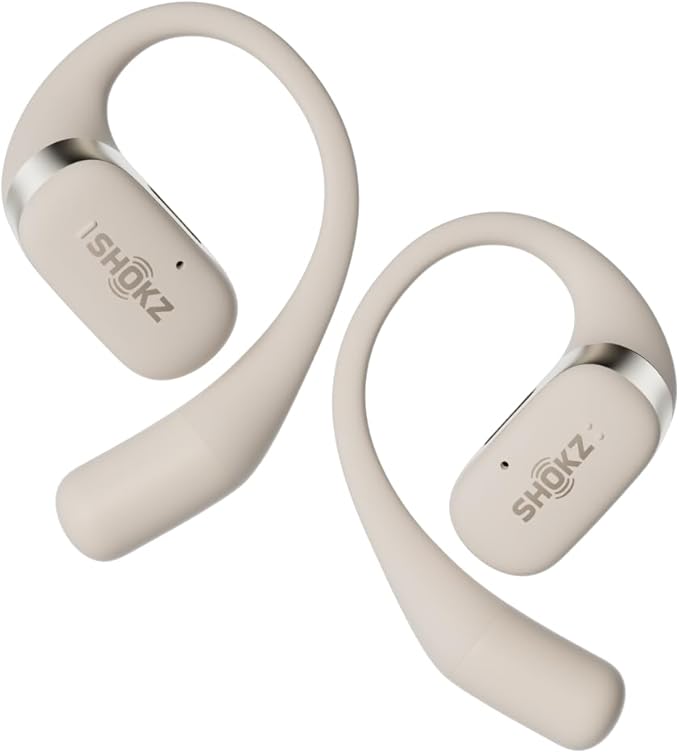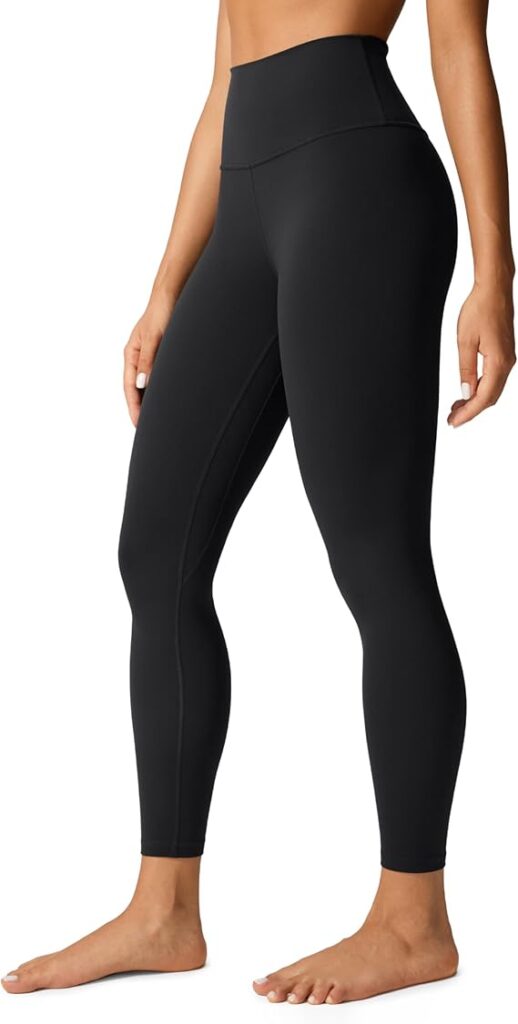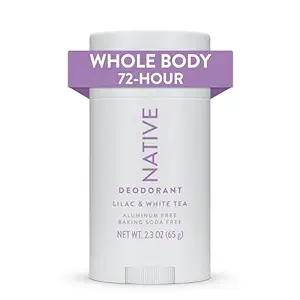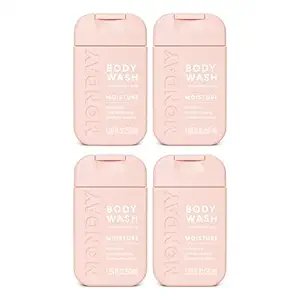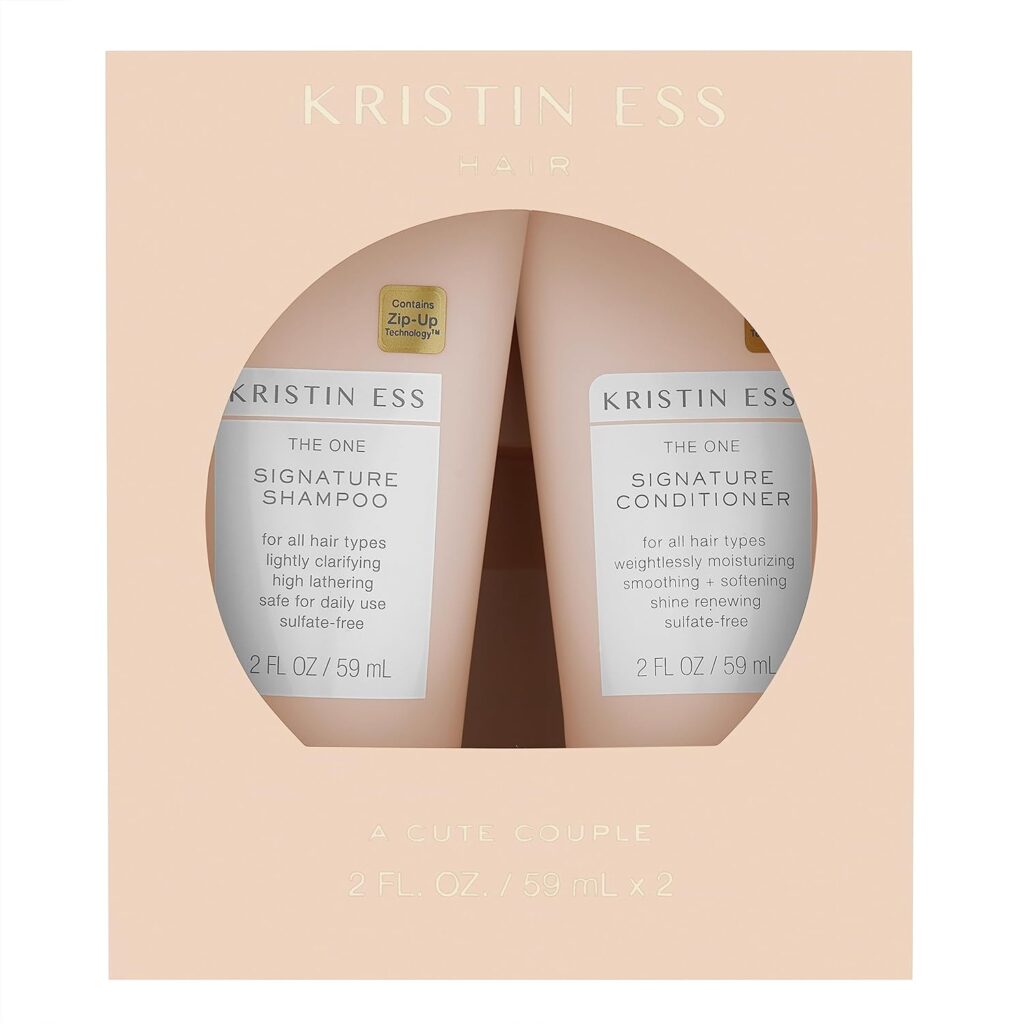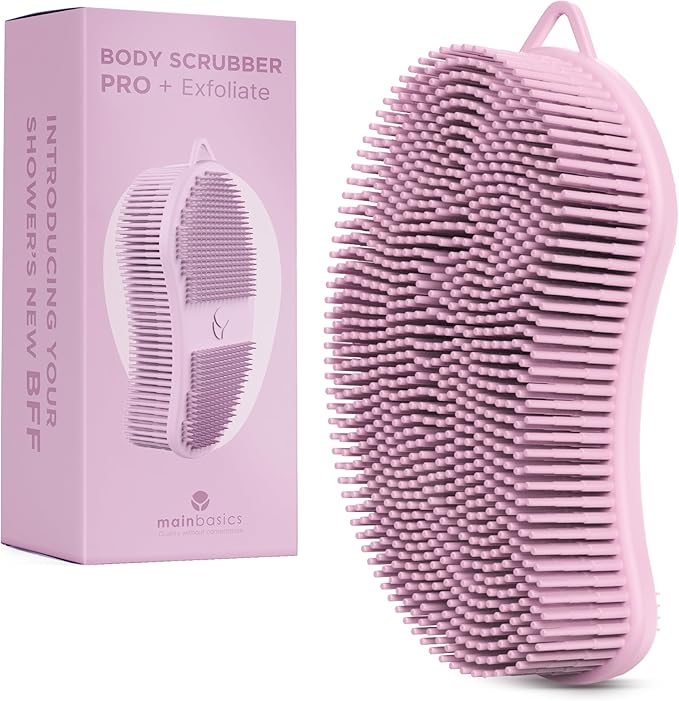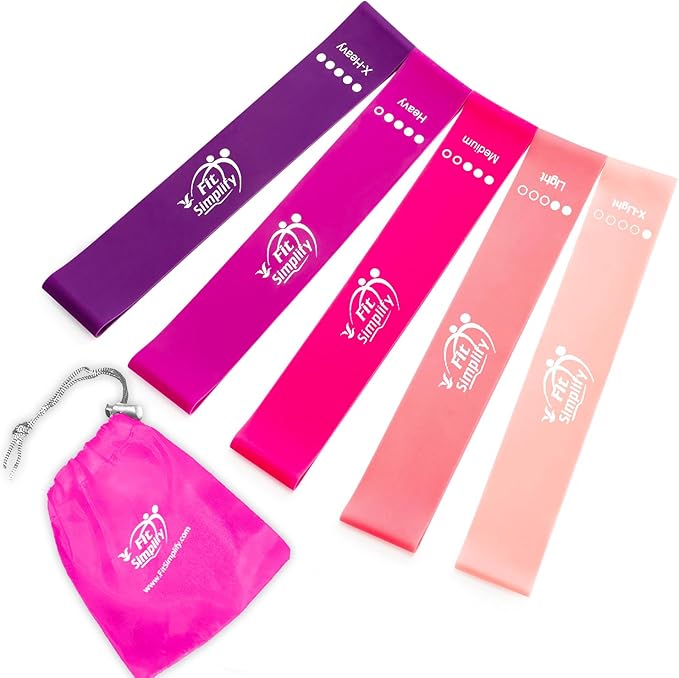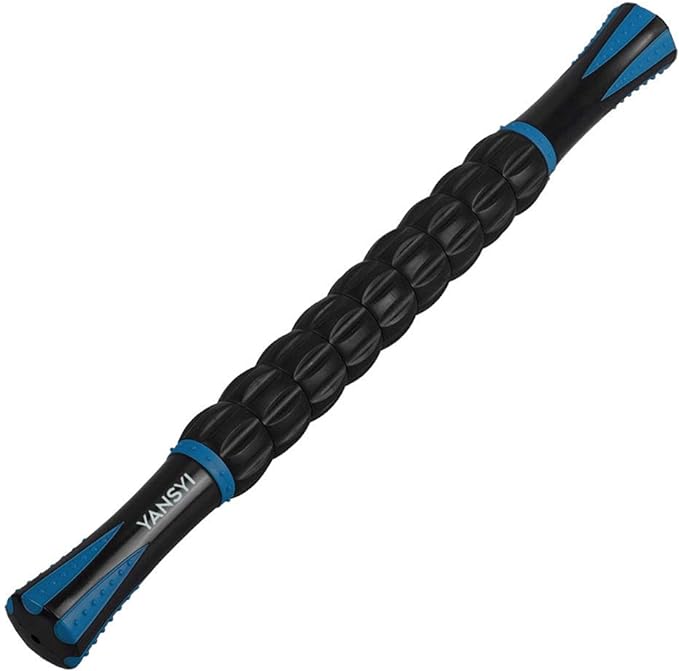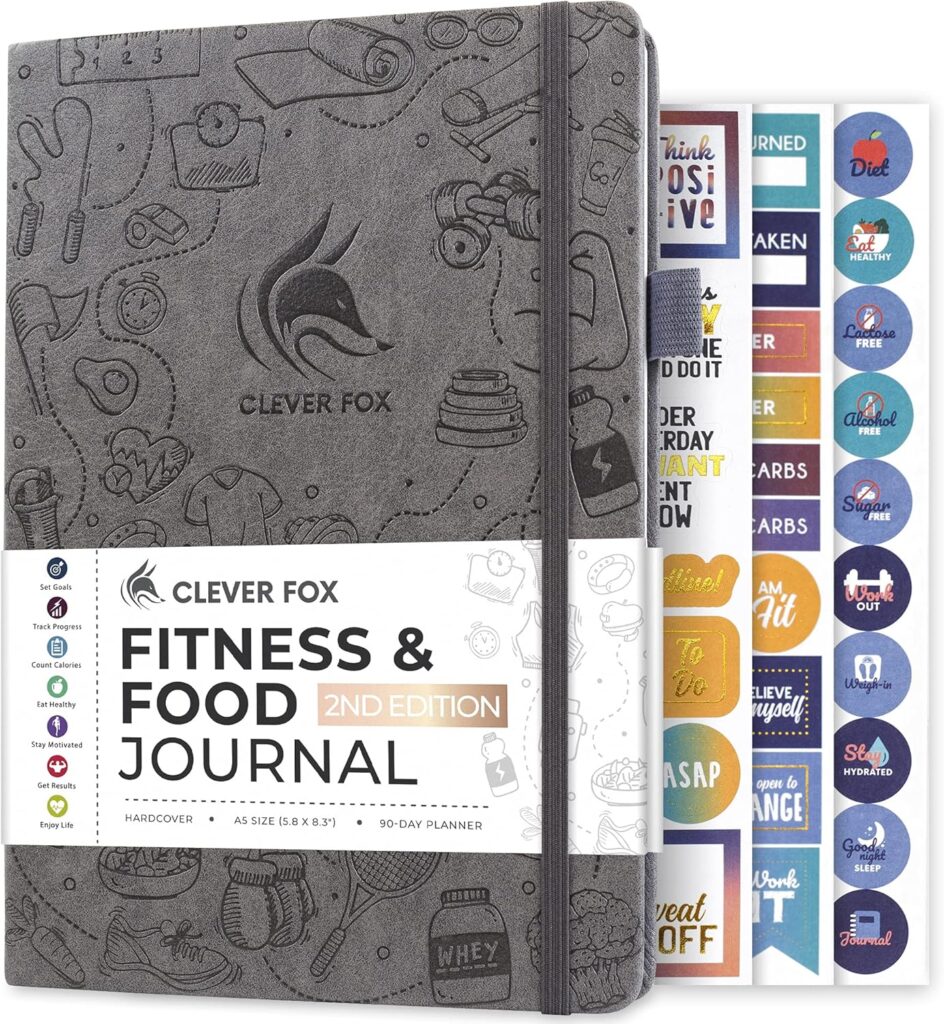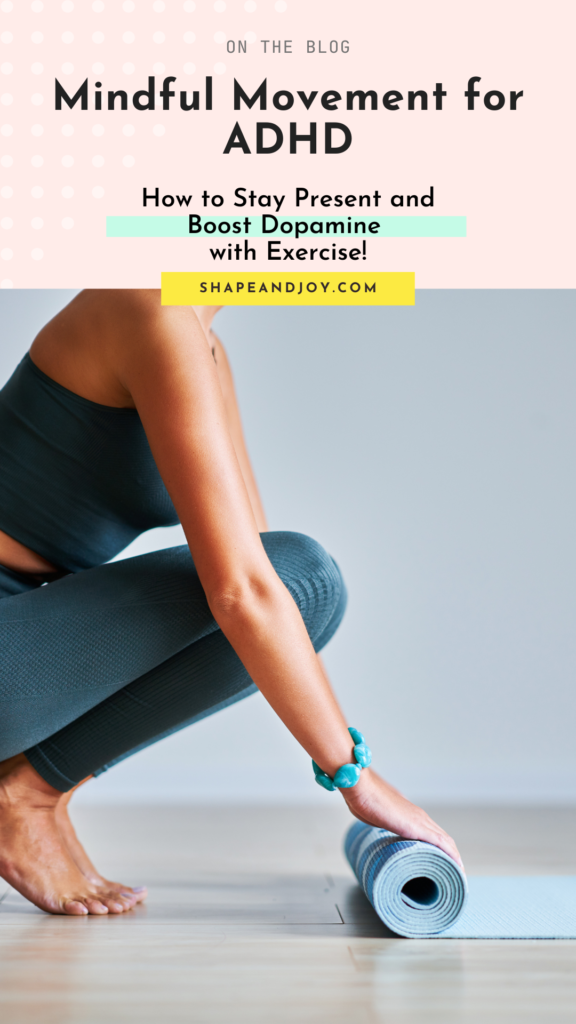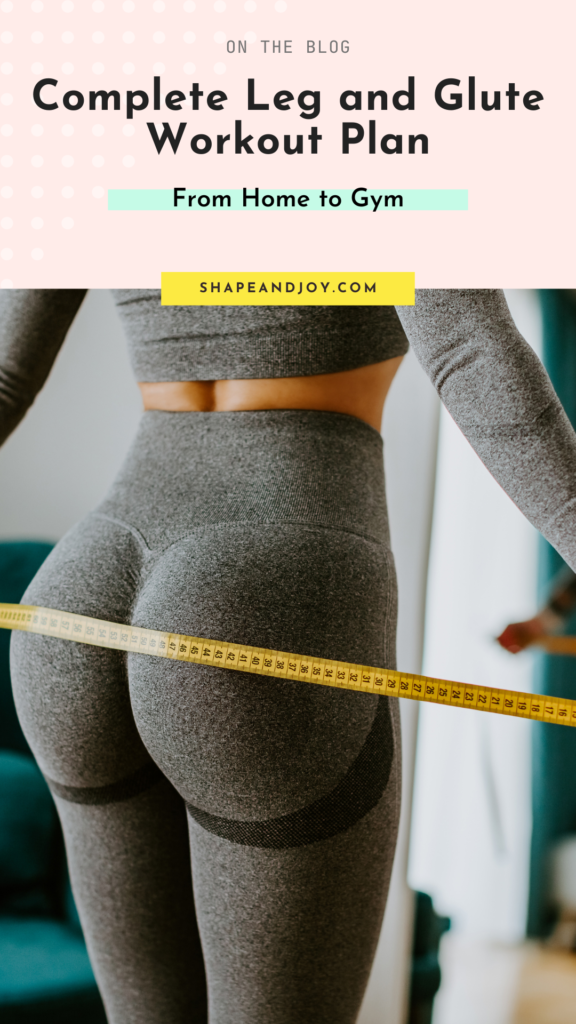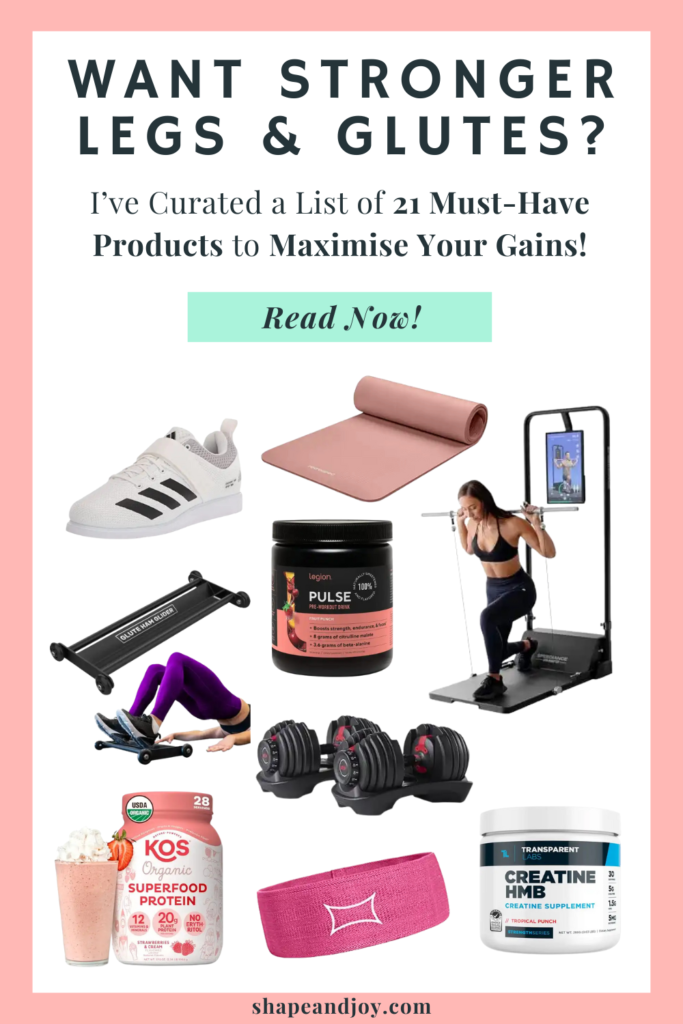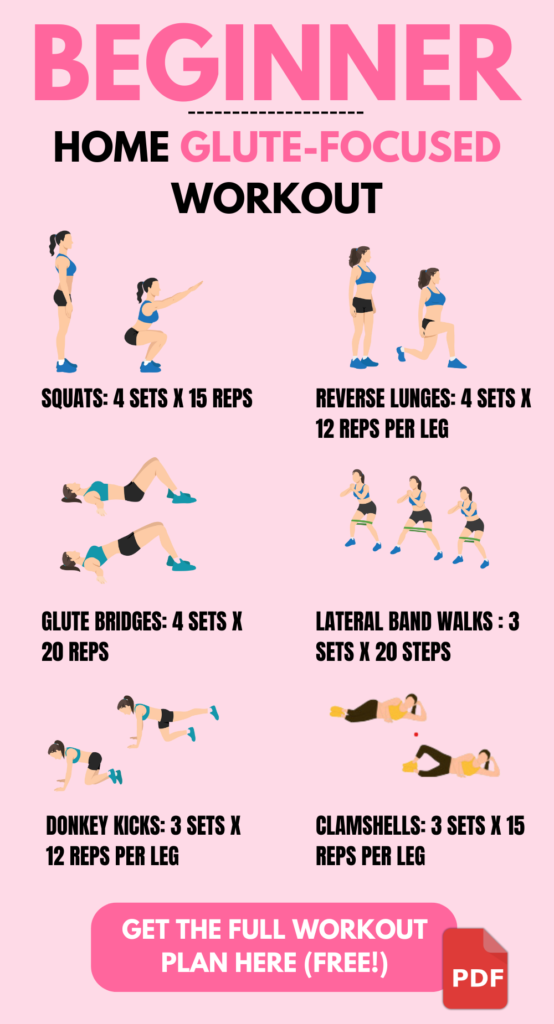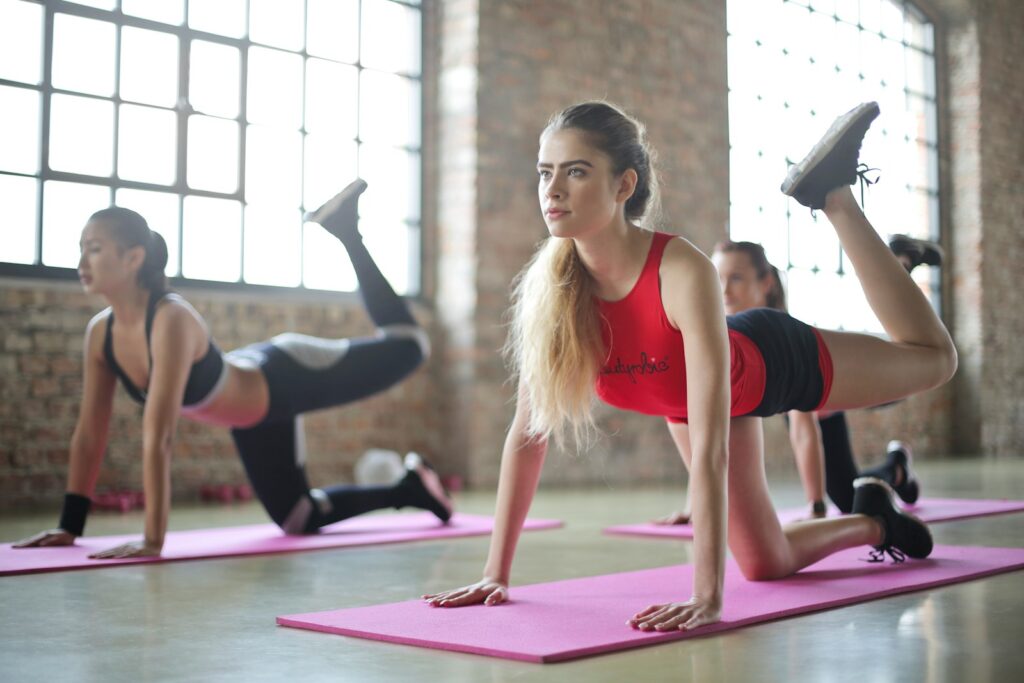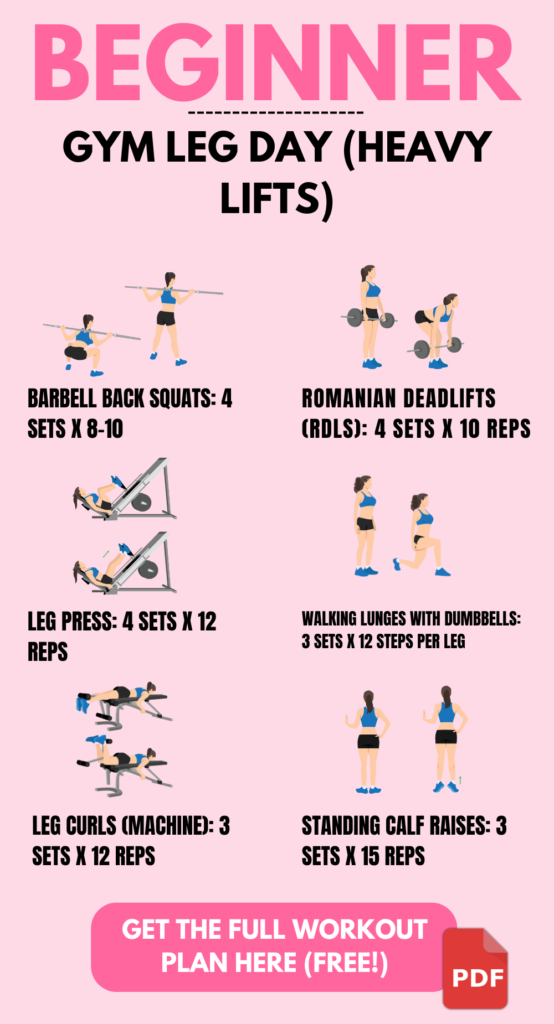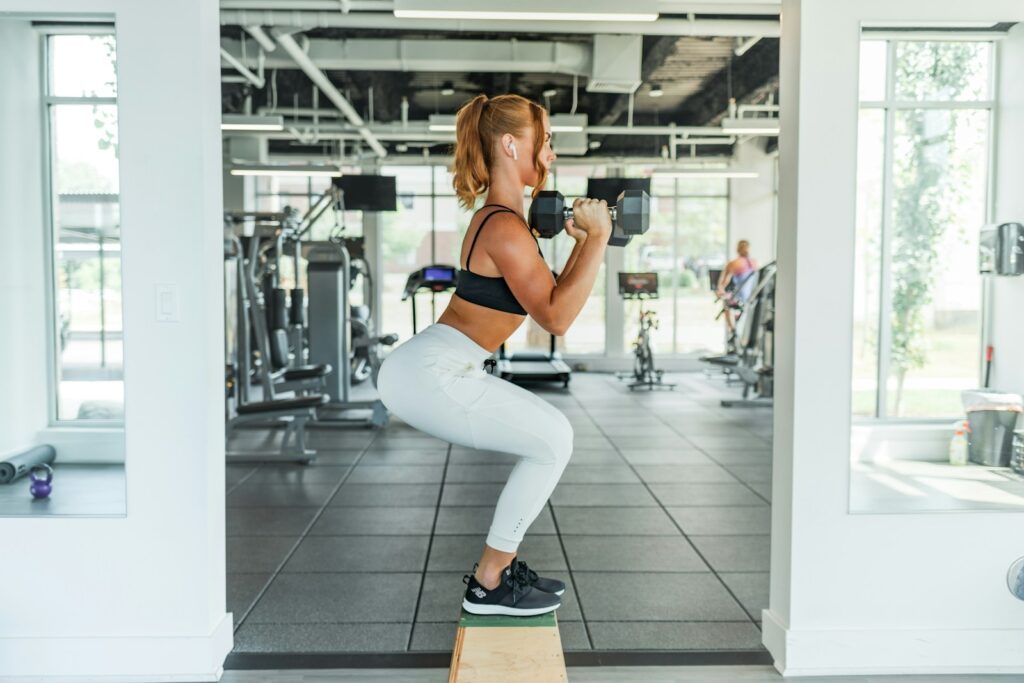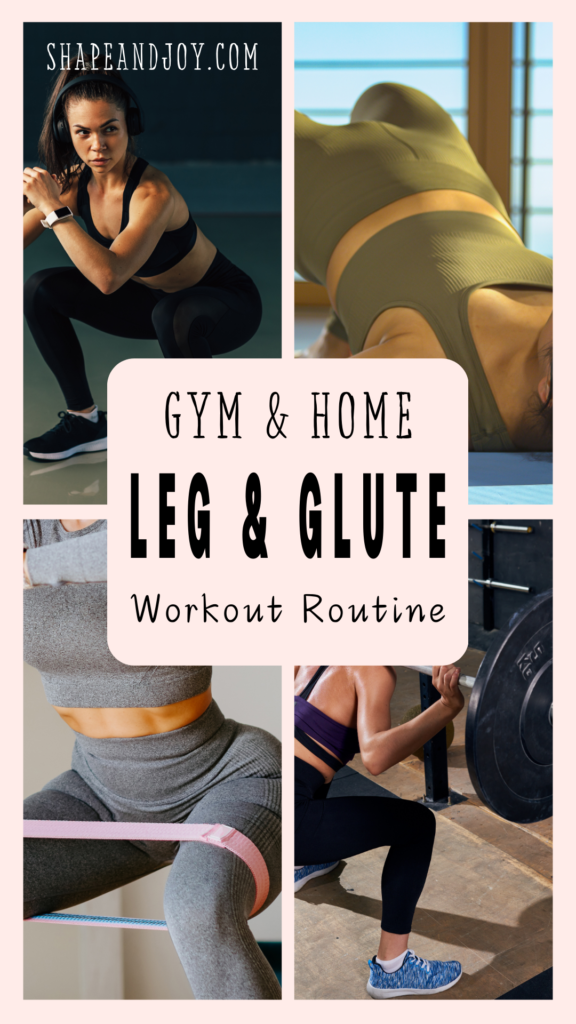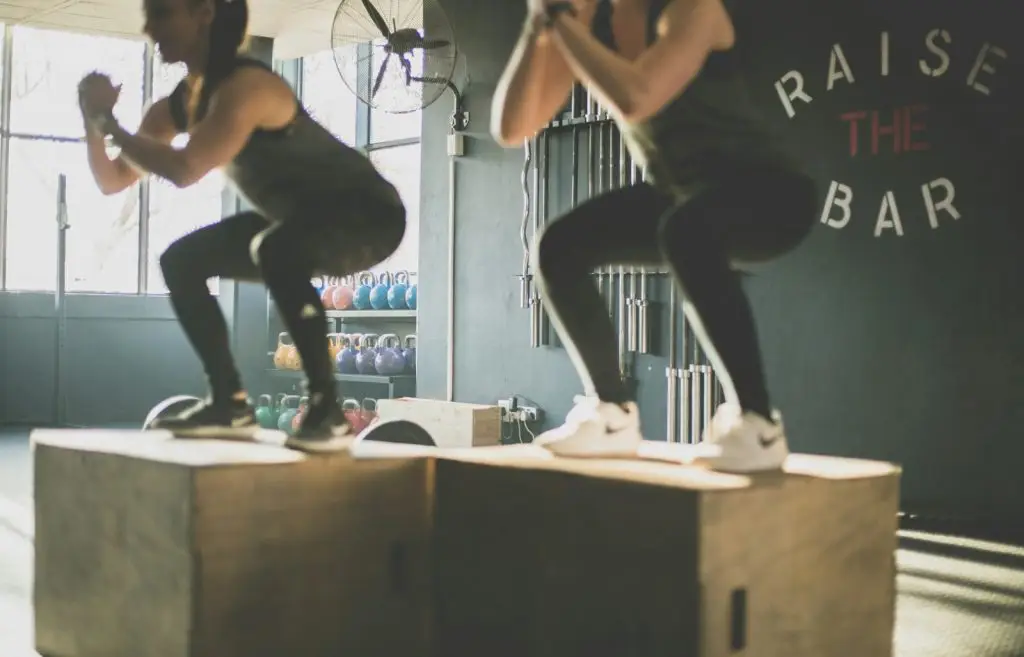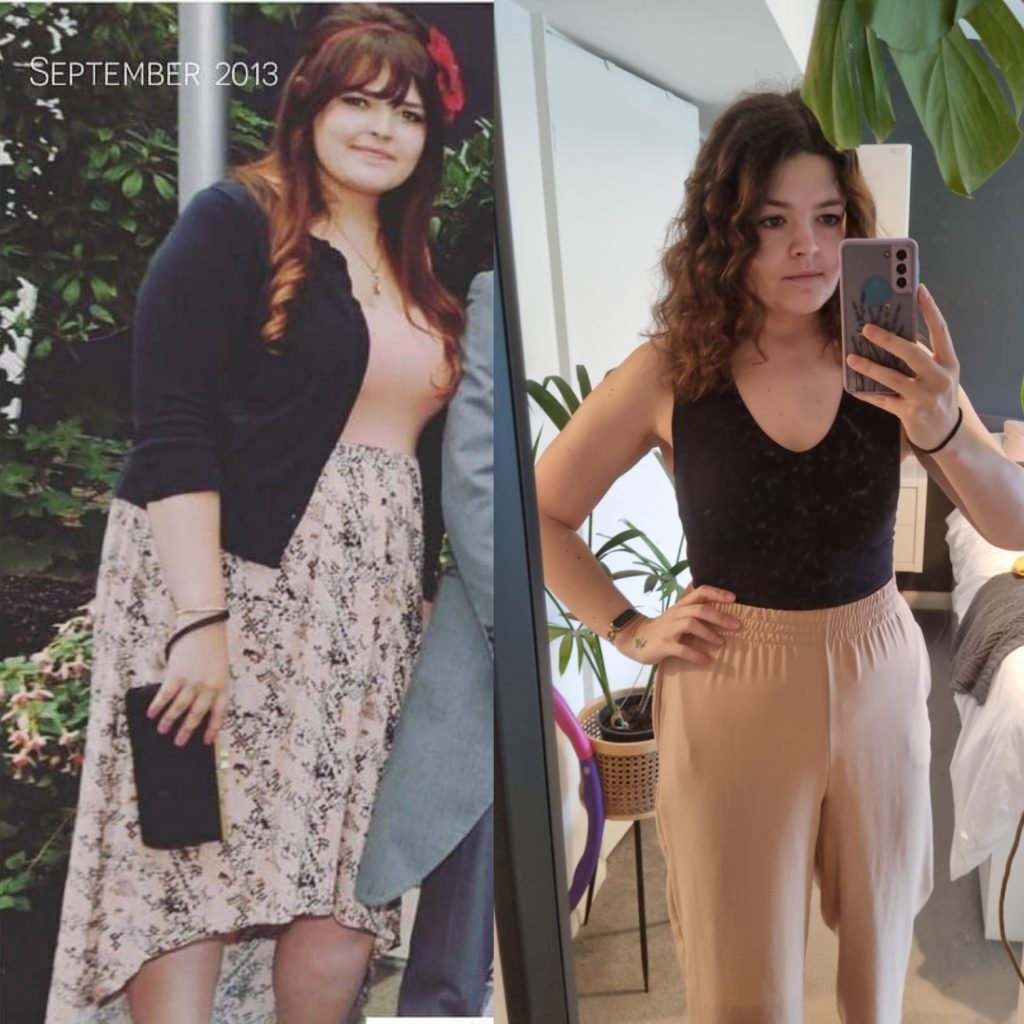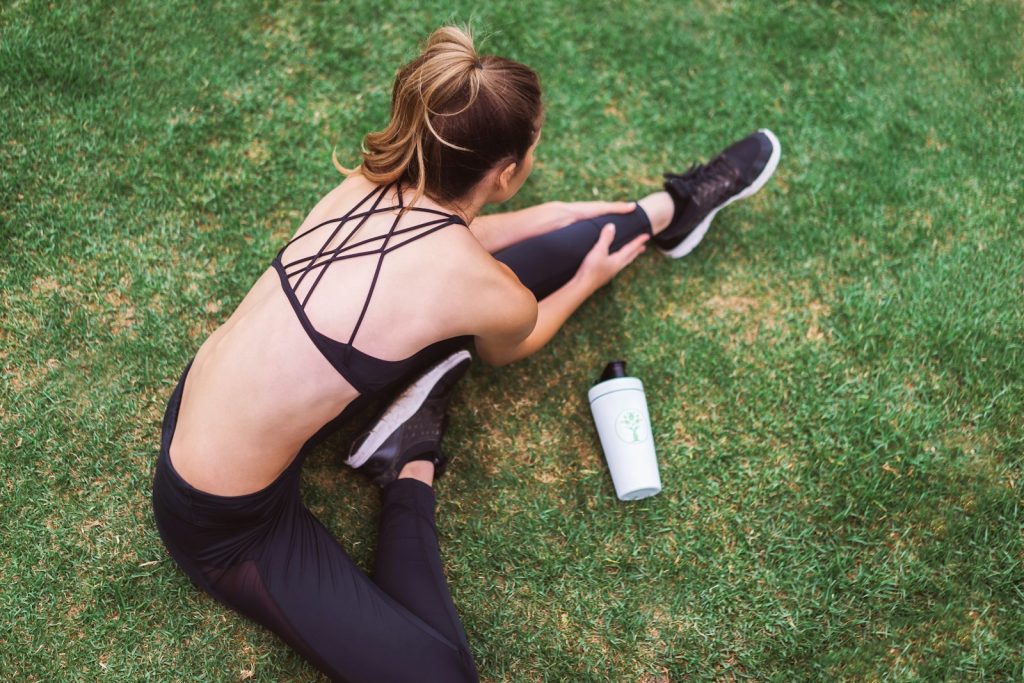Understanding Glute & Leg Training: Isolation vs. Compound Moves

Leg day. You either love it, fear it, or spend half of it wondering if you’re actually working your glutes or just punishing your quads for existing. The truth? Not all glute & leg training exercises are created equal—some are power moves that engage your full lower body, while others hone in on your glutes like a laser beam.
So, what’s the deal? Should you be squatting your life away or spending hours doing cable kickbacks like your favourite fitness influencer?
And if you’re training at home, can you even do these exercises with no equipment and still get results?
Let’s break it all down—the difference between compound and isolation exercises, when to use them, and how to create the best plan for growing stronger legs and glutes.
Whether you’re lifting a barbell at the gym, smashing a kettlebell in your home workout, or using a resistance band for a quick, intense session, this guide will set you straight.
What’s the Difference Between Compound and Isolation Exercises?
You’ve probably heard these terms before, but let’s make it crystal clear:
- Compound Exercises = The multitaskers of the fitness world. These work multiple muscles at once, so you’re getting more bang for your buck with every rep. Think squats, deadlifts, and lunges—they build strength, burn calories, and engage everything from your glutes to your abs.
- Isolation Exercises = The precision tools. These target one muscle group at a time, meaning less distraction, more burn. Think hip thrusts, leg curls, and cable kickbacks—all about glute activation and sculpting.
Both are powerful tools, but knowing when to use them is key.
Compound Moves: The Heavy Lifters
If you want to grow your lower body while building strength, compound exercises are your best mates. These moves mimic real-life movements, improve balance, and help you get stronger, faster.
Best Compound Moves for Glutes & Legs
Gym (Equipment & Machines)
- Barbell Squats – The king of leg day. Hits your glutes, quads, hamstrings, and core all in one move.
- Deadlifts (Barbell or Dumbbell) – Whether you go Romanian, sumo, or conventional, this move is a glute and hamstring powerhouse.
- Leg Press (Gym Machine) – A solid gym weights option for growing strength while protecting your lower back.
- Walking Lunges (Dumbbell or Kettlebell) – Burns like hell but sculpts your legs and glutes like nothing else.
- Cable Pull-Throughs – Similar to deadlifts but with a cable machine, keeping tension on your glutes the entire time.
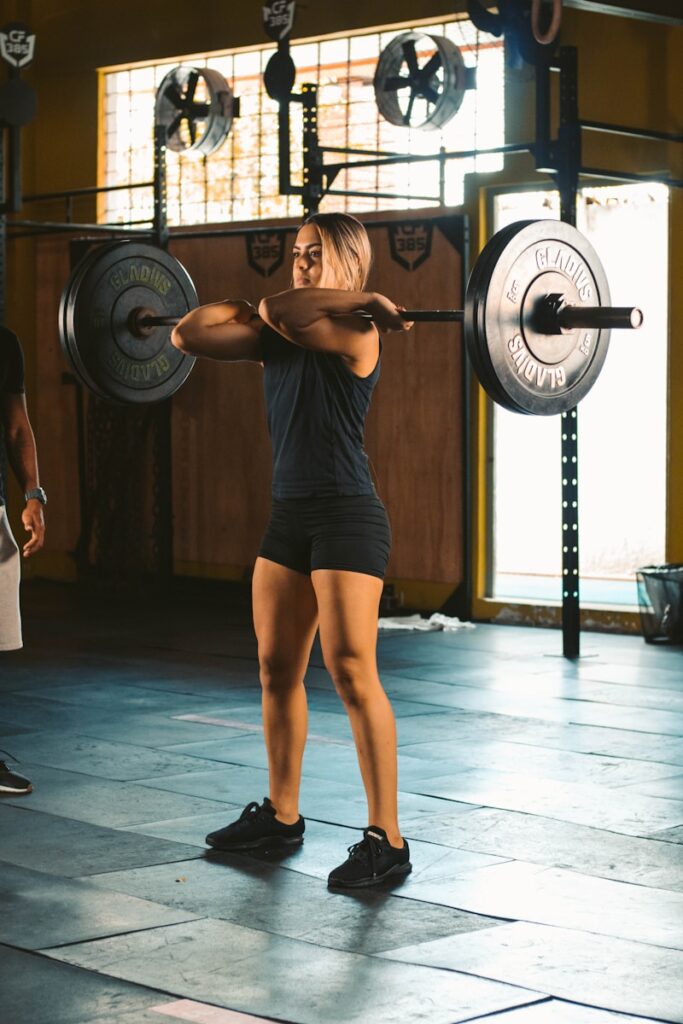
Home Workouts (No Equipment or Weights Needed!)
- Bodyweight Squats – Perfect for beginners, but you can level up by adding a resistance band.
- Step-Ups – Find a sturdy surface (a bench, a step, or even your sofa) and get those glutes working.
- Bulgarian Split Squats – All you need is a chair or couch to turn leg day into a death sentence (in the best way possible).
- Glute Bridges – A simple yet effective no equipment move that activates your glutes and abs.
When to Prioritise Compound Moves:
- If you want to get stronger and lift heavier gym weights
- If you’re short on time and need a quick, intense full-body workout
- If you want to train your core and abs alongside your legs and glutes
- If you’re a beginner looking to build a strong foundation
📌 Pin this for later! ⬇
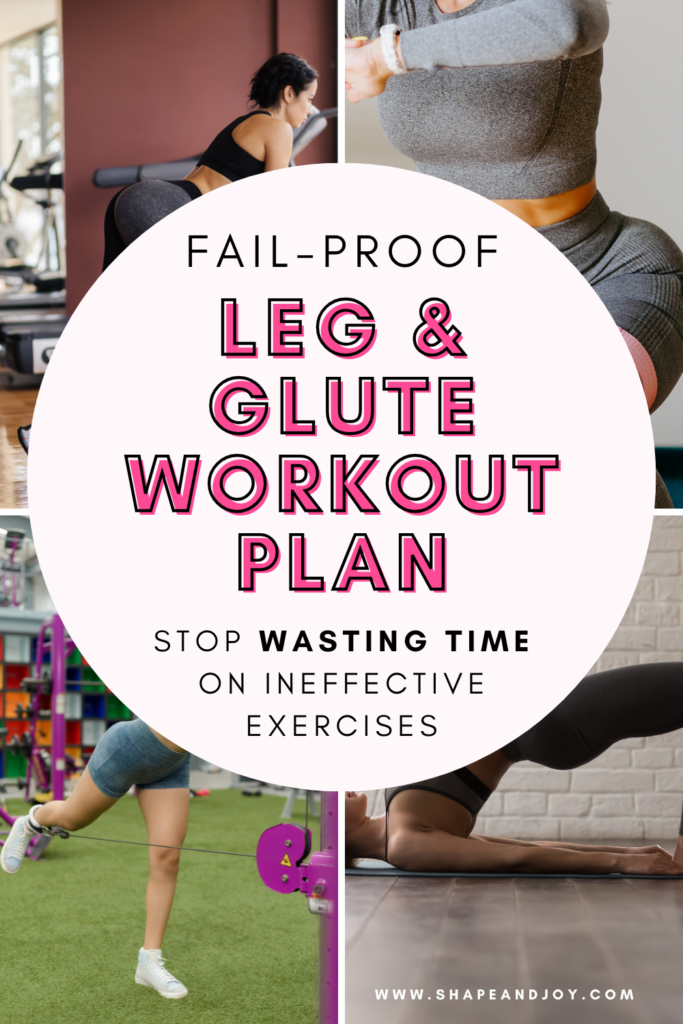
Isolation Moves: The Glute Sculptors
Isolation exercises hone in on a single muscle, which is perfect for shaping and fine-tuning. If you feel like your quads take over every leg day, adding more isolation work to your plan can help ensure your glutes get the attention they deserve.
Best Isolation Exercises for Glutes & Legs
Gym (Machines, Cables & Weights)
- Hip Thrusts (Barbell or Dumbbell) – The best glute-building move, hands down.
- Leg Curls (Gym Machine) – Targets the hamstrings, essential for balanced leg strength.
- Cable Kickbacks – No equipment? No problem. These are gold for glute growth.
- Seated Abductor Machine (Gym Machine) – Fire up those glutes with this burner move.
- Single-Leg Press (Gym Machine) – More control, more glute activation.
Home Workouts (Minimal Equipment, No Equipment, or Resistance Bands!)
- Resistance Band Glute Kickbacks – A quick, intense way to activate your glutes before or after heavy lifting.
- Single-Leg Glute Bridges – Takes the classic glute bridge to the next level.
- Dumbbell Step-Through Lunges – Great for home workouts with weights.
- Standing Kickbacks – A no equipment move that still isolates the glutes.
When to Prioritise Isolation Moves:
- If your glutes struggle to activate (your quads or hamstrings take over)
- If you want to sculpt and shape specific areas
- If you’ve hit a plateau in your gym or home training and need to fine-tune
- If you’re looking for a quick, intense glute burn after your main session
Which Should You Prioritise for Strength vs. Sculpting?
If your goal is strength and overall lower body power → Prioritise compound exercises like squats, deadlifts, and lunges, using gym machines, dumbbells, barbells, or kettlebells.
If you want to grow and sculpt your glutes without overdeveloping other areas → Focus more on isolation exercises like hip thrusts, cable kickbacks, and glute bridges, using resistance bands, dumbbells, or a cable machine.
For the best results, a full plan should include both—compound moves for strength and isolation exercises for targeted muscle growth.
What to Read Next
[Best Leg Exercises at the Gym – The Ultimate Guide to Machines & Weights for Maximum Gains]. Let’s break down the best gym machines, weights, and training techniques to get the results you want—without wasting time on exercises that don’t work.
Final Thoughts: Build Your Best Leg & Glute Training Plan
Now that you know the difference between compound and isolation moves, it’s time to put it into action with by building a leg & glute training plan.
- If you’re training at the gym, make sure you’re using gym machines and weights strategically.
- If you’re working out at home, use resistance bands, dumbbells, kettlebells, or even no equipment to keep your training effective.
- For quick, intense workouts, mix full-body compound moves with isolation exercises to grow your glutes faster.
No more guessing, no more ineffective workouts. Whether you’re lifting a barbell at the gym, smashing a kettlebell at home, or just starting with no equipment, the right plan makes all the difference.
So, what’s your next step? Are you hitting the squat rack, strapping on a resistance band, or testing out some glute kickbacks? Let me know your biggest leg day struggles—I’ve got your back.
📌 Pin this for later! ⬇





